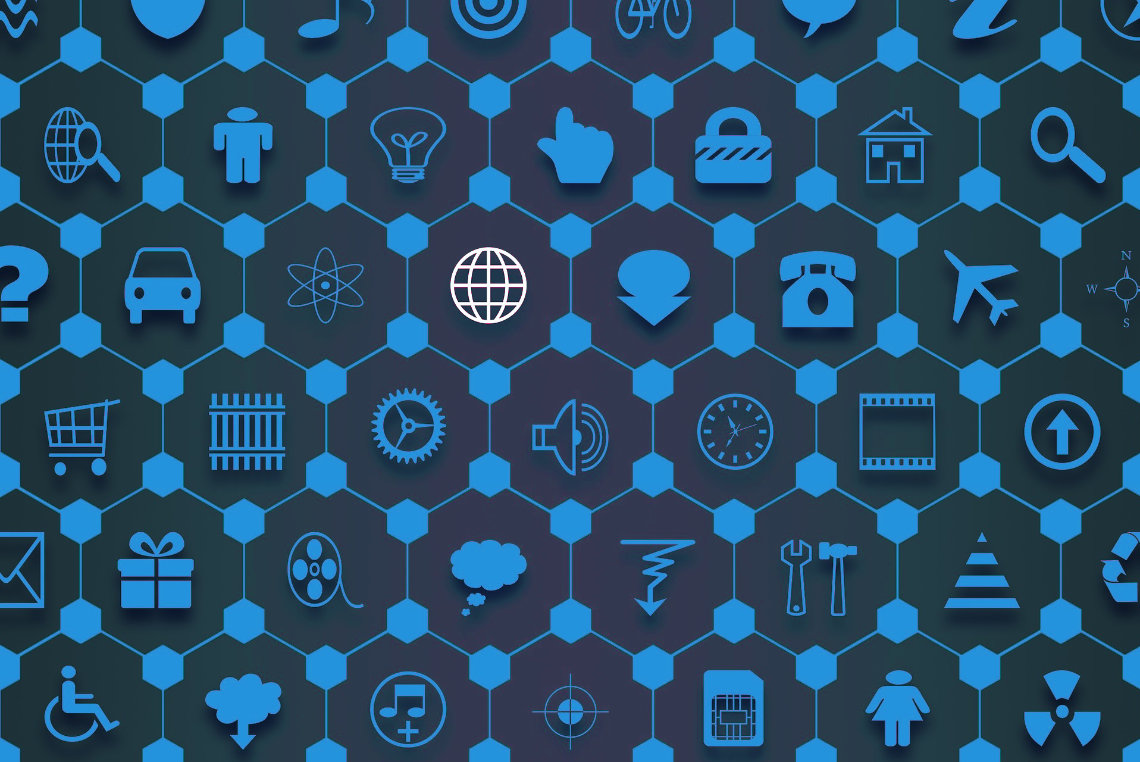
Popularity of IoT is increasing in recent years thanks to its tremendous potential, wide range of applications and many benefits. In addition, a massive digital transformation of society where IoT has its significant place started in 2020.
Let’s take a look at trends and challenges in the IoT area for 2021.
Connectivity
The basic and defining feature of IoT devices is the internet connectivity. As number of deployed IoT devices increases (published researches estimate approx. 35 billion of deployed IoT devices until the end of 2021) as well as increasing use of 5G networks and striving for sustainability; preference of wireless connectivity will be significant everywhere possible.
Getting rid of unnecessary wires and wireless communication optimization is among many advantages of IoT solutions we provide, especially if deployed in big numbers, e.g. within energetics, industry and agriculture area.
Digital twin
The concept of digital twin appeared for the first time almost twenty years ago but it is in its golden times recently. But what exactly does the digital twin mean? It is a dynamic virtual model of a physical object or a system where its behavior and effect of changes can be exactly simulated without need to interfere with existing real environment.
IoT sensors provide quite accurate data collected from physical objects, which are crucial for creating the digital twin. Thanks to new technologies, possibility to shrink IoT sensors and increasing the accuracy of measured data we are able to model digital twins in order to simulate various situations more and more accurately. As a result, we can achieve process optimization as well as significant cost and time reduction.
Predictive maintenance
Recently we publishedan article about the maintenance management. Popularity of sophisticated add-on of standard, reactive maintenance (either scheduled or after malfunction), which predictive maintenance is, raises in recent time. The raw data, collected from various sensitive sensors (e.g. vibration, temperature or noise sensors) are further processed with help of modern technologies (machine learning, big data). Thanks to this connection we can in an advance warn of an upcoming malfunction, caused by device wear and save costs otherwise needed for unplanned shutdowns or service trips.
Edge computing
Ongoing computing technologies decentralization trend will continue in 2021 as well. In short, edge computing means transferring some part of computing power and data storage into endpoints within the network or at least closer to them. As a result, faster data transfer, lower latency, lower network infrastructure and datacenters load as well as access to the data and their almost-real-time analysis can be achieved. Edge computing will be critical technology within certain applications where immediate response is crucial, e.g. healthcare (patient monitoring), autonomous vehicles etc.
Security
One of the main challenges for the upcoming years will be increasing IoT systems security in order to protect them from both cyber and physical attacks. We published an article about security of one type of IoT networks – LoRaWAN.
Smart home
We spent our working and free time mostly at home in 2020 because of current pandemic situation. To make our homes more efficient and comfortable, demand for smart households, simple and fast management of environment and domestic appliances or lowering energy consumption, will grow.